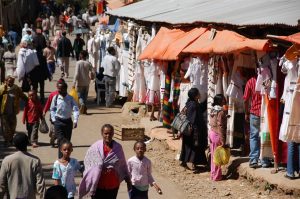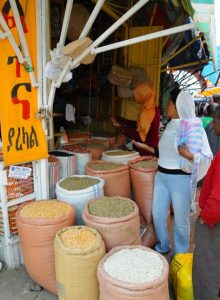
In this article, the authors discuss how defining “good design” is quite difficult and can be argued from many different perspectives. Nonetheless, the basis and foundation that good design is built on is the same in the sense that it has to be inclusive (an awareness of disabilities and marginalized identities), be fairly intuitive, and has to satisfy the user’s needs. One of the points they raise towards the end that I really like is that making a client happy is not sufficient and all-encompassing. I’ve never really thought about it in this perspective because as a UX designer I’m so focused on the user/customer that I failed to see the cultural, social, economic implications of my designs. We have to take a step back and look at how the user branches off and is connected to a greater network of people. Moreover, they state that design is just as much aesthetics as it is psychological. In my second year of university, I learned about Gestalt Principles and it helped me understand what they were saying in this article more thoroughly. There is a specific way that our brain processes design on a device, environment, and/or service and we have to understand how people think in order to create a design that is effective (provides affordances, tackles pain points) and appealing to the user. I only truly understood what IxD was this year and as a result of my fascination, I joined the Interaction Design Foundation (side note: I highly recommend their lessons because of how enjoyable/fun they make them https://www.interaction-design.org/invite?r=rebecca-yilma). The picture I posted above gives a visual representation of how IxD is a part of UX and is actually an interdisciplinary field. Here’s a post I shared with IDF back in July (my own words) : “The potential benefits of taking a user-centered approach to design is that it allows the designer to go in the shoes of the user (who will hopefully become a customer) and enhance the efficiency and enjoyability through their eyes. Moreover, most of the problems that are associated with user-satisfaction could be eliminated right at the core with this kind of mindset. When a user likes a device or service they are more likely to use it, purchase more items from the same company, and even recommend it to family and friends. When we design in a way that almost revolves around the user this, in turn, helps with the business’s profitability. With everything that we curate, we are not just doing it so it can sit there and be forgotten, the end goal is so that someone can use it. Taking this into consideration, it would only benefit us to take a user-centered approach in every step of the product life cycle to ensure that we make things intuitive. In my first year of university, I took a UX class and my prof. taught us to make “user personas” to think of the potential users, designing around my target markets needs made it easier for me to retain the attention of users and helped me make their lives easier. Lastly, making designs off of assumptions will increase the chances of you going back to the drawing boards, the user-centered design will give you insights into the desirability of a product/service/device.”



